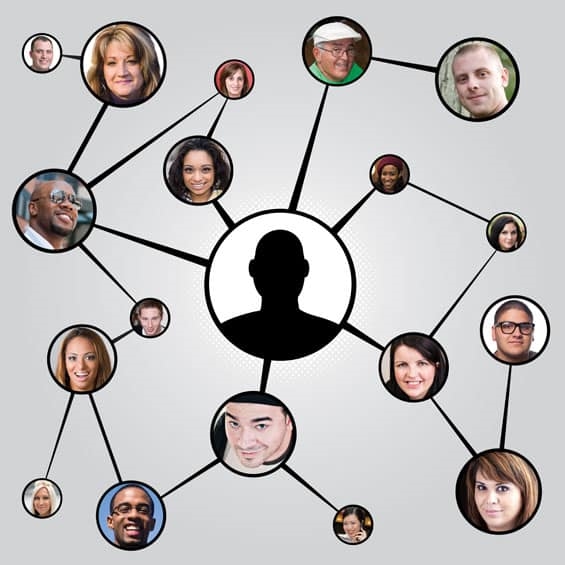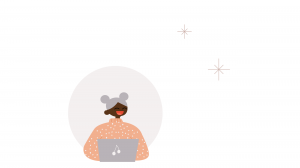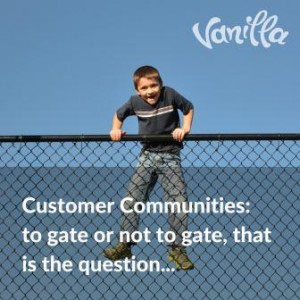— December 2, 2017

When people land on a web page they take fractions of seconds to decide whether or not “this is for me”. Indeed, some studies have shown that this decision is made in around half a second, that’s before a visitor is even consciously aware of what is on the page.
What people appear to be doing is trying to confirm whether the page they are visiting is a “good fit”. Does the page offer what is wanted and does it offer it to the same people as me?
An example I often use to explain this is the problem faced by a hotel website. Hotels service a wide range of clients – business people, wedding guests, party-goers, conference organizers and so on. A few years ago my new neighbor was chatting about her forthcoming wedding and, being new to the area, wanted to know of suitable venues. I mentioned one to her which is a highly popular country house wedding venue. She picked up her iPad, went to the website and said, “Oh no, I’m not going there, it’s a business hotel”. She had been put off within one second by the image on the front page of the hotel’s website which was of a man walking into the door, whilst carrying a business briefcase.
The hotel is not just for business people; it hosts many weddings and corporate events. Even though my neighbor’s dream venue for her wedding was a country house, she dismissed a nearby hotel simply because of the first image she saw. In less than a couple of seconds, she had decided not go there – and she didn’t…! Instead, she went to a venue almost 100 miles away. When I went to their website I could see why. The first image on this wedding venue website was of a woman, aged about 30, clearly taken on an Autumn day. My neighbor was in her mid-30s and her wedding was going to be in October. Bingo. Perfect match. The image meant she could easily see herself there.
But the problem for the venue is that not everyone is in their mid-30s nor do they all want a wedding in the Autumn. Therefore to match each visitor you would need thousands of combinations of ages and situations so that the visitor could go “that’s me”.
Therein lies the problem for website owners. If you are to show people who visit your site that this is “for them”, how can you do so when there are so many different “thems”? In the real world, you would do this by picking up on the conversation and feeding back only the material that matched. For instance, if you were sitting with a hotel owner talking about your wedding in the Autumn, they’d quickly flick through a photo album to other Autumn weddings and you would think “this is the place for me” because you could see yourself in that situation. Doing that kind of reflecting on what the individual is saying and then feeding back the relevant material so that you match your offer to the individual is almost impossible online.
Now, new research from the USA confirms this problem is probably going to get worse. That’s because for many website owners they rely on social media to help produce the “this is for people like me” effect. Yet the new study shows that people only believe electronic word of mouth through social media if the website has “homophily” (the technical name for “this is like me”). In other words, people are becoming more sceptical about reviews and recommendations unless the particular website demonstrates homophily. That means if a company is using social media for recommendations it is going to be increasingly vital that the website mentioned in such reviews demonstrates that it is precisely like the visitor. Far from making homophily less necessary (through social proof), it appears that electronic word of mouth is making it even more important that you show your website is like your visitor.
This now means that multiple landing pages targeted at specific types of individuals are essential. That also means that you need separate marketing campaigns for each kind of individual. Plus it means you need multiple persona analysis to make it all work.
This is what you do in the real world, by listening to people and responding in a way that is personalized to them. Most websites don’t do anything like that and as a result lose considerable amounts of custom because there is little “fit” with the variety of individuals visiting.
It’s time to stop thinking of websites, but of web pages aimed at tiny, tiny, tiny groups of individuals – and you’ll therefore probably need hundreds of such pages. It’s either that, or continue to lose business from thousands of people within seconds.
Digital & Social Articles on Business 2 Community
(53)






